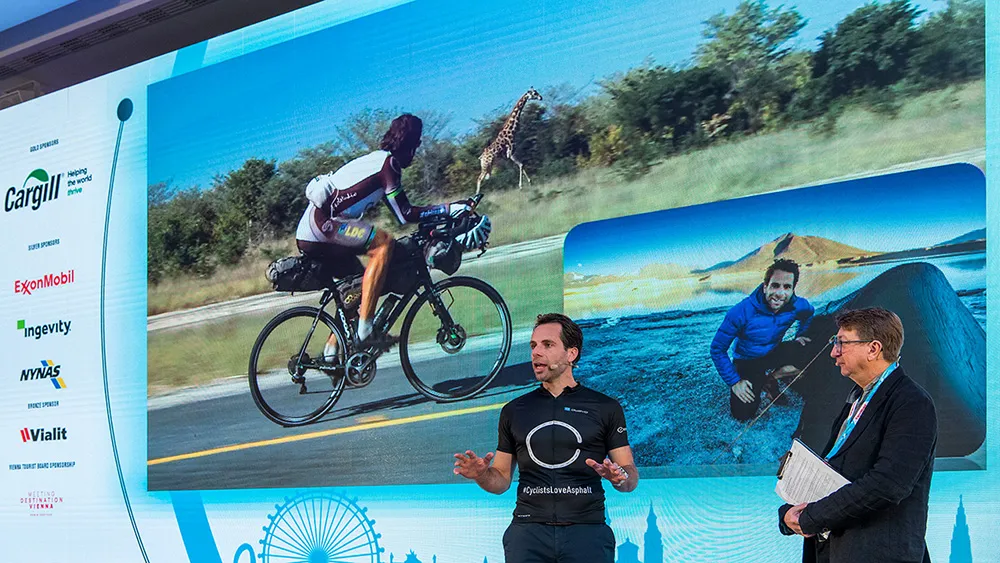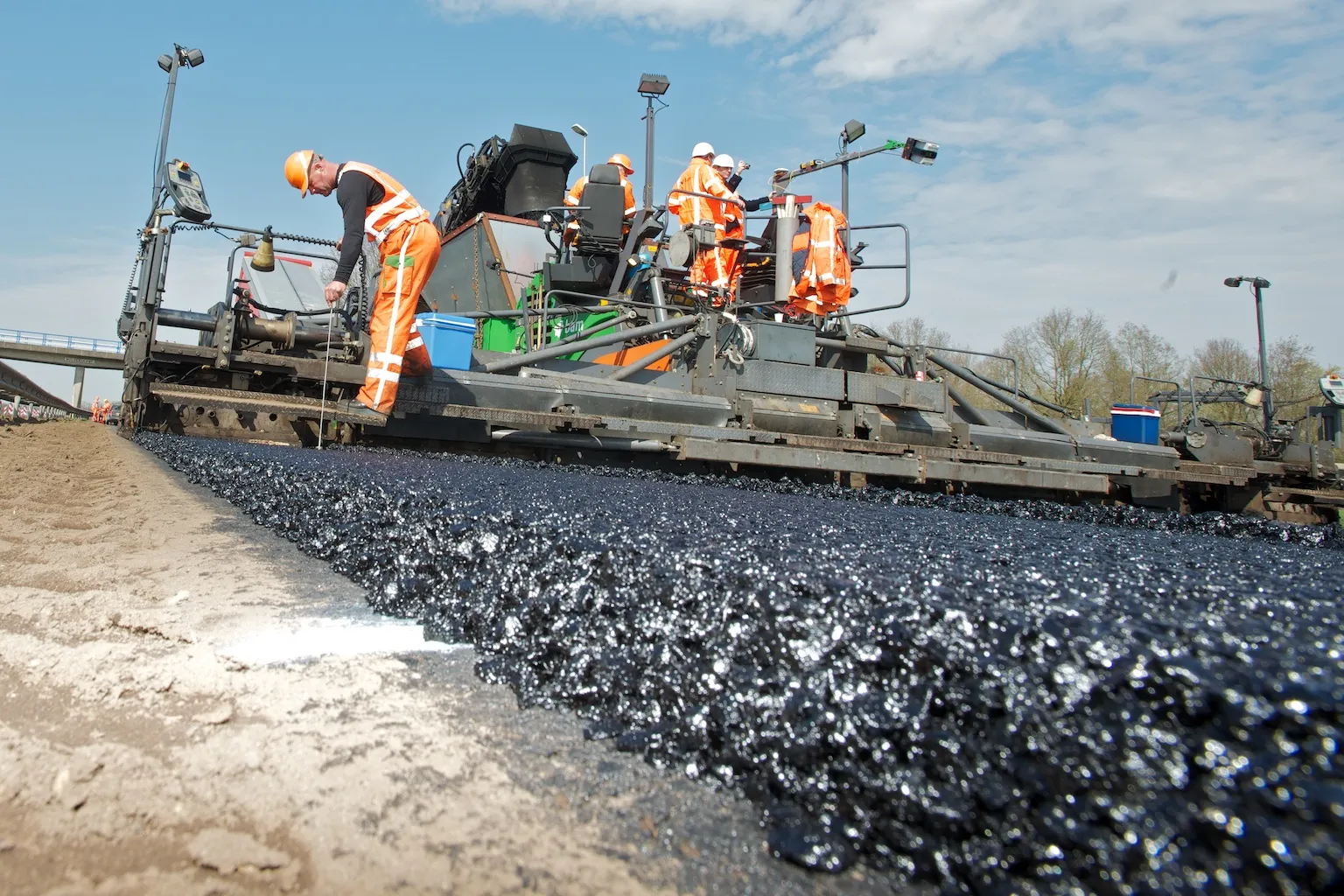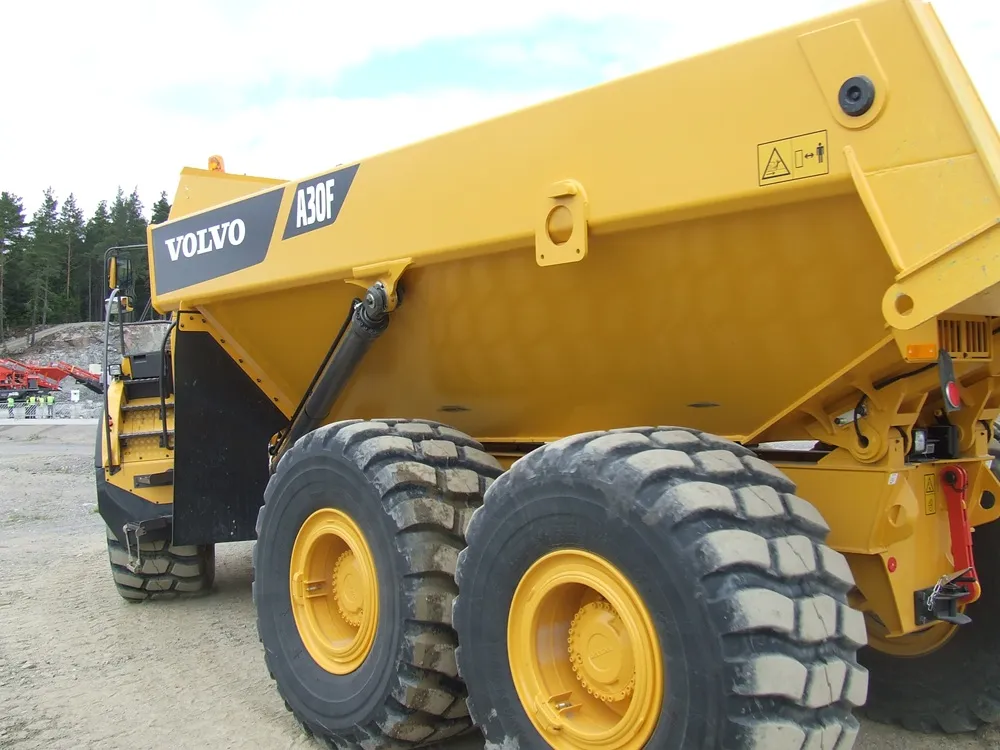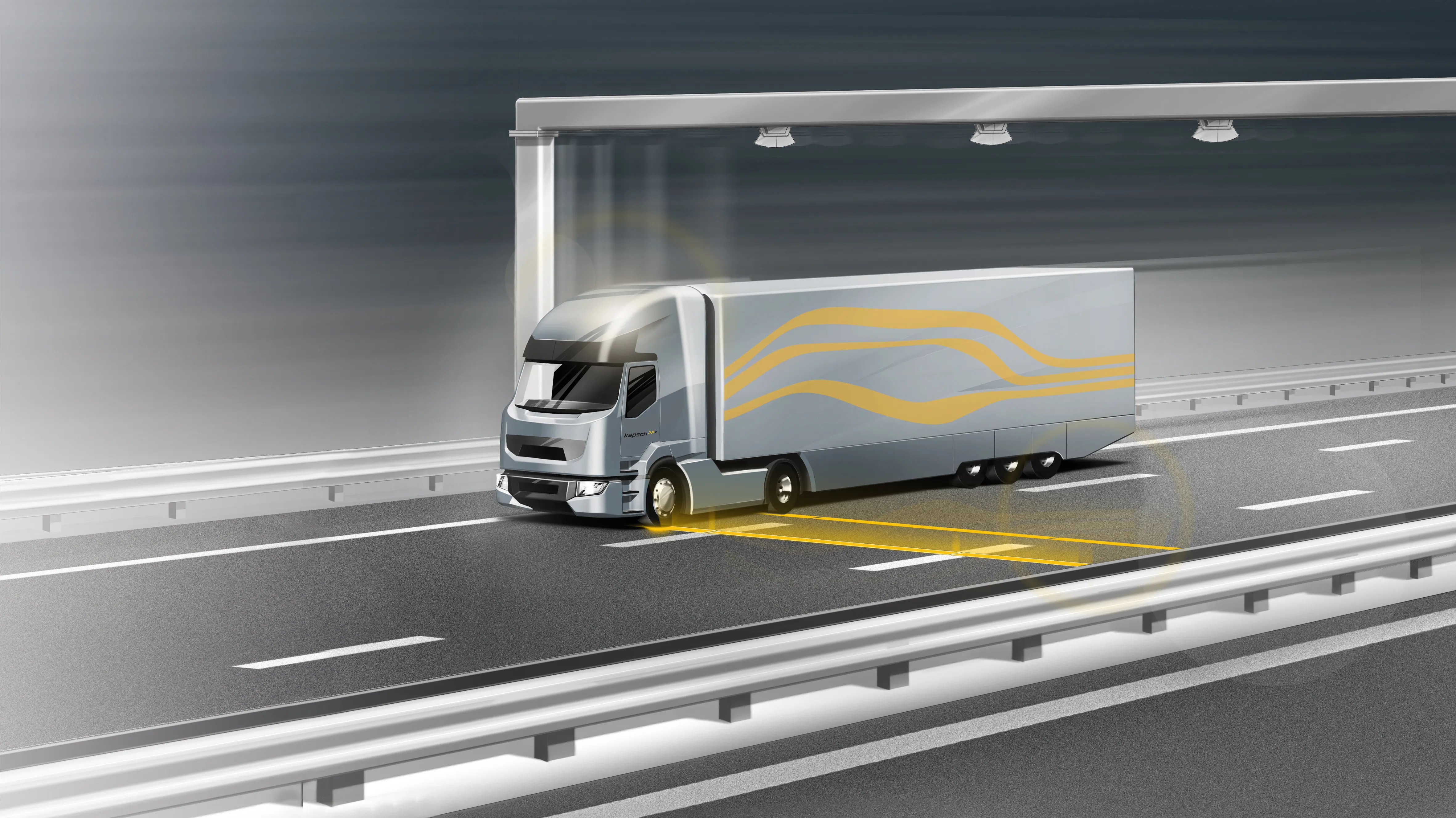March 9, 2023
Sharing data and working closely together with customers will push forward the construction industry’s rate of change in terms of carbon reduction, optimised equipment fleets, improved utilisation rates, and better-educated operators. Get your on-site monitoring right and new technology solutions are going to dramatically reduce emissions and a far healthier ecosystem say our roundtable experts.









